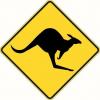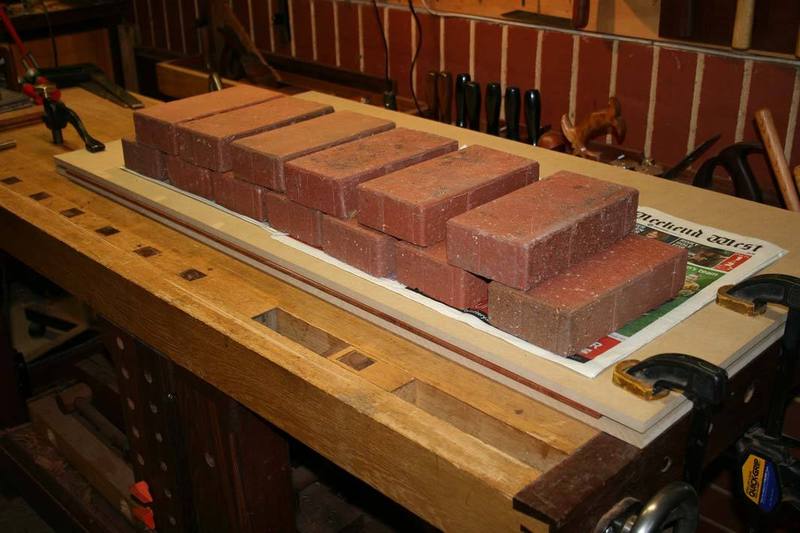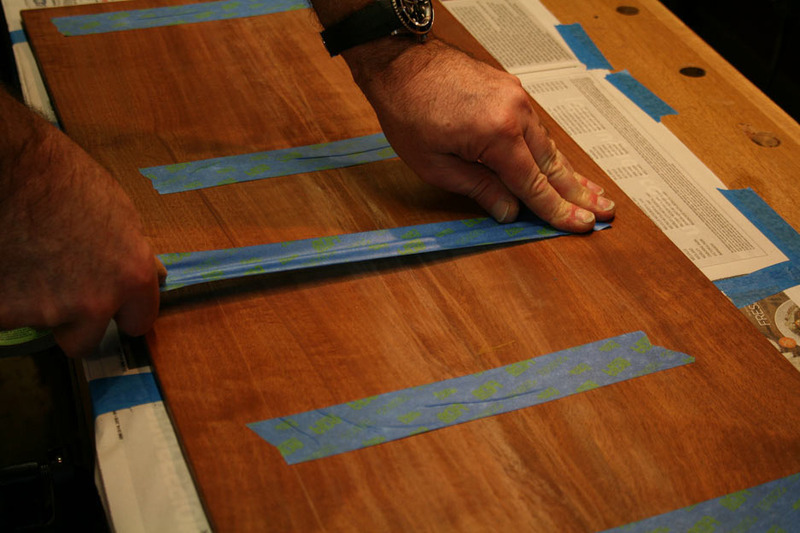My benchtop measures 24 inches front to rear. For my next project I have a plank of American Beech 14 1/8 inches wide, but I am going to have to joint both edges. I do not want to rip the board, run it through my electric planer and then glue it back together, I want to use it full width.
My current shooting board can handle stock up to about 6 inches wide max.
The biggest piece I will need to shoot should be around 14 inches wide by 51 inches long. So some kind of bench hook to help hold the board level on the shooting board?
I do also have some glued up panels of similar size on my build list for future projects, so I just want to go big and be done.
Is there a shooting board design online you particularly like? How many clamps is enough? I am done trying to hold a piece of stock down with one hand while shooting with the other hand. I am going to be using some clamps.
Thanks
20231127_211835.jpg




 Reply With Quote
Reply With Quote

















